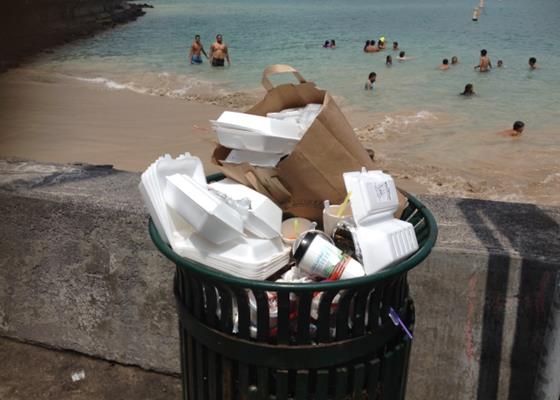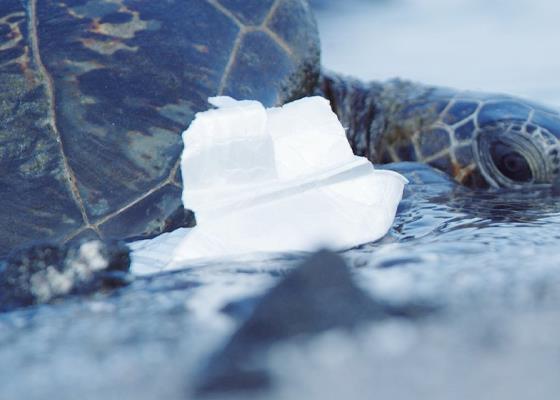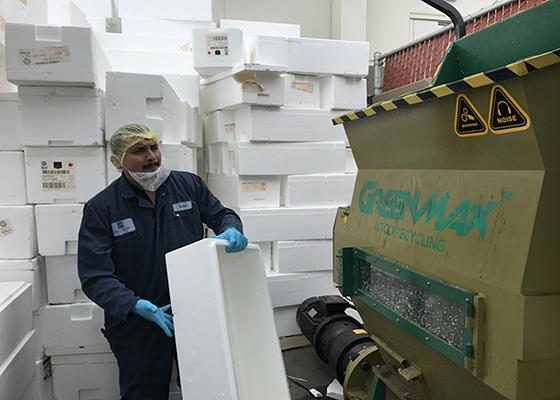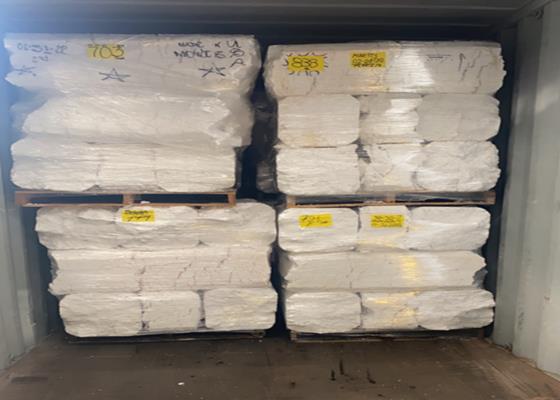EPS foam recycling in Hawaii: A tourist city is even more beautiful with a foam compactor
Approximately 39.7 million pounds of EPS foam garbage were recycled in 2018, up from 25.9 million pounds in 2017, according to the most recent AFPR study on EPS foam recycling in the United States. EPS foam was recycled in post-industrial quantities totaling 74.1 million pounds in 2018, up from 39.7 million pounds in 2017. Although the recycling of EPS foam is increasing year by year, we should understand that the use of EPS foam has also increased exponentially in recent years! Every day, people in Hawaii discard more than 50,000 pounds of EPS foam. In the US, the state uses the most EPS per person.

As a famous tourist city in the United States, EPS foam recycling in Hawaii is highly valued by the local government. White pollution seriously affects the aesthetics of the environment, which will have a serious negative impact on tourism. This in turn affects the economic development of the Hawaii region. In addition, waste EPS foam that is not properly recycled will also endanger the lives of animals and humans.
The real problem with EPS foam is that it finds its way up the ocean food chain, says Kallie Branes of the Hawaiian Wildlife Foundation. Microplastics enter the food chain through marine organisms, go through layers of circulation, and eventually endanger human beings. Devin Frank, a turtle researcher at the National Oceanic and Atmospheric Administration, said turtles often ingest fragments of EPS foam, which can lodge in their guts, block food and cause the turtles to starve to death. Albatross also mistake these foam fragments for food.

A group of high school students from Hawaii volunteered to form a team to help collect waste EPS foam, of which EPS lunch boxes are not a minority. This kind of EPS can basically be solved by calling on people not to litter. What really worries people is the industrial production. EPS. Due to the developed tourism industry, various shops on the island of Hawaii are also very dense. Taking fisheries as an example, EPS foam packaging produced by restaurants transporting seafood is also one of the main sources of white pollution. The good news is that the government has started mandating recycling in related industries, EPS foam recycling in Hawaii is coming!
One of GREENMAX's partners is a fishing company in Hawaii. They produce about 1 ton of EPS foam every month. With the promotion of the ESG concept, the company has to start recycling EPS foam. After various understandings, the company wanted to use foam compactor for recycling. So, finally found EPS recycling specialist GREENMAX. Previously, the company did not properly dispose of EPS fish boxes and threw them away directly, because customers felt that the waste output was low and they did not need to buy large equipment. According to the actual situation of the customer, GREENMAX recommends using the foam compactor A-C100 for recycling. This machine is a low-power model. Because the EPS fish boxes used are large, the machine is equipped with a double crushing device.

The compression ratio of the foam compactor is 50:1, which effectively saves transportation costs, and at the same time, it adopts cold pressing technology, which is very suitable for an eco-friendly tourist city like Hawaii, EPS foam blocs can be sold, and EPS foam recycling in Hawaii helps realize economical recycling, very It is in line with the development strategy of tourism-oriented islands. If you have similar EPS foam recycling needs, please contact GREENMAX.

